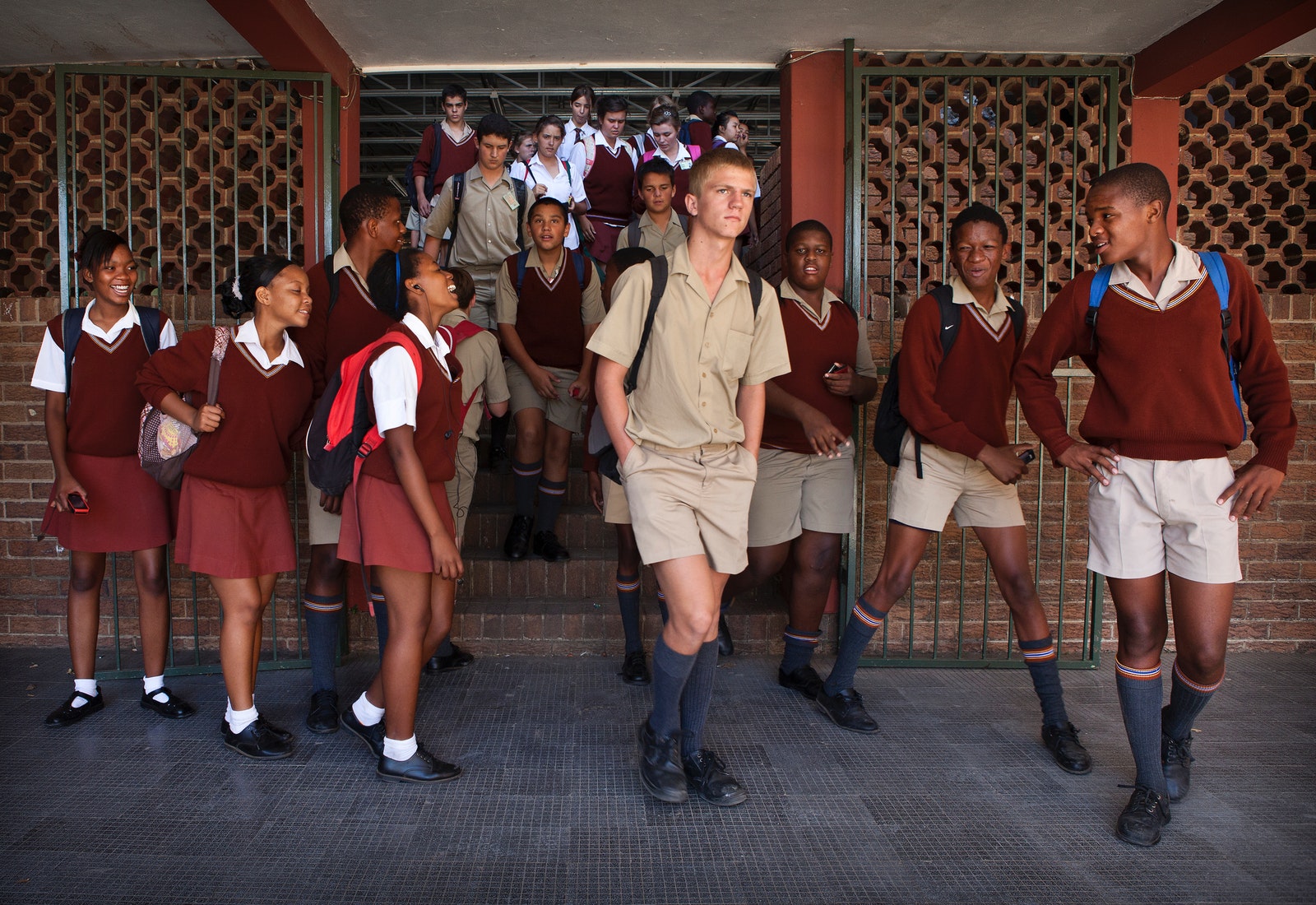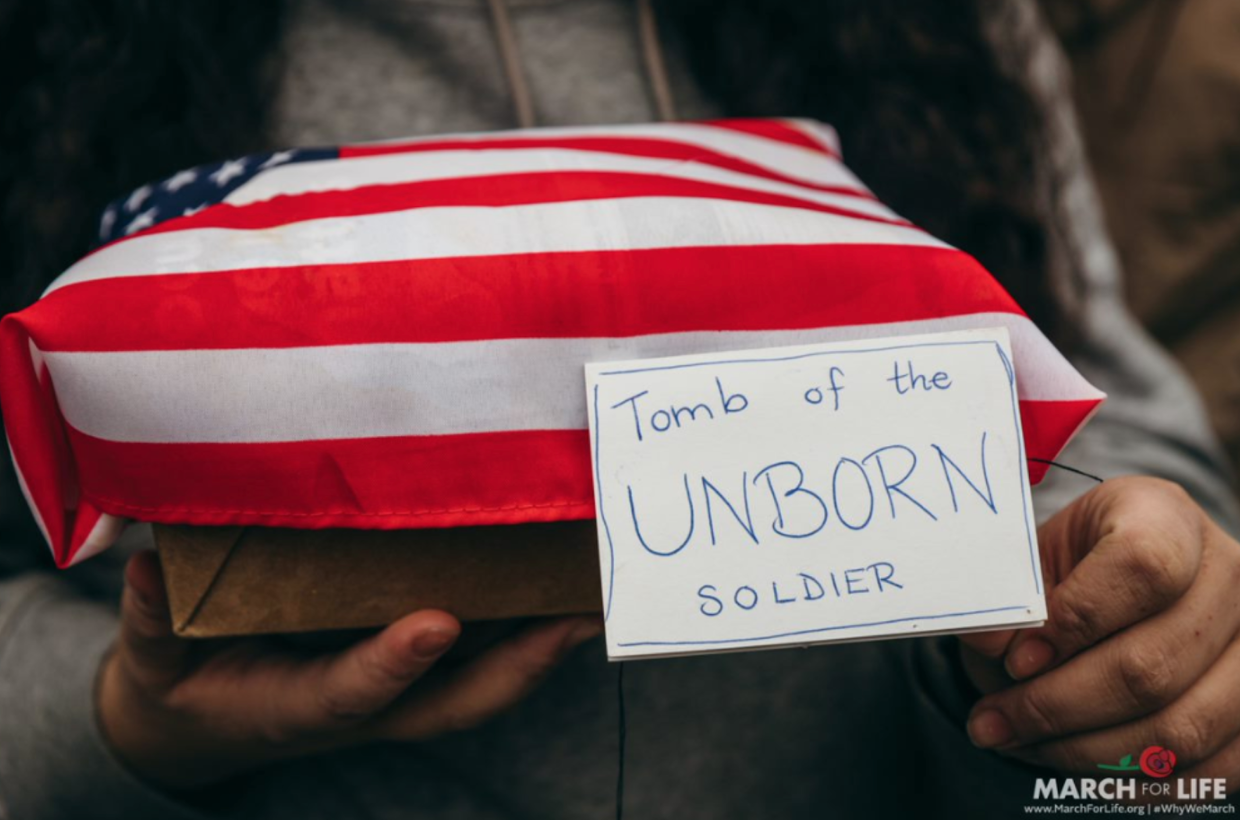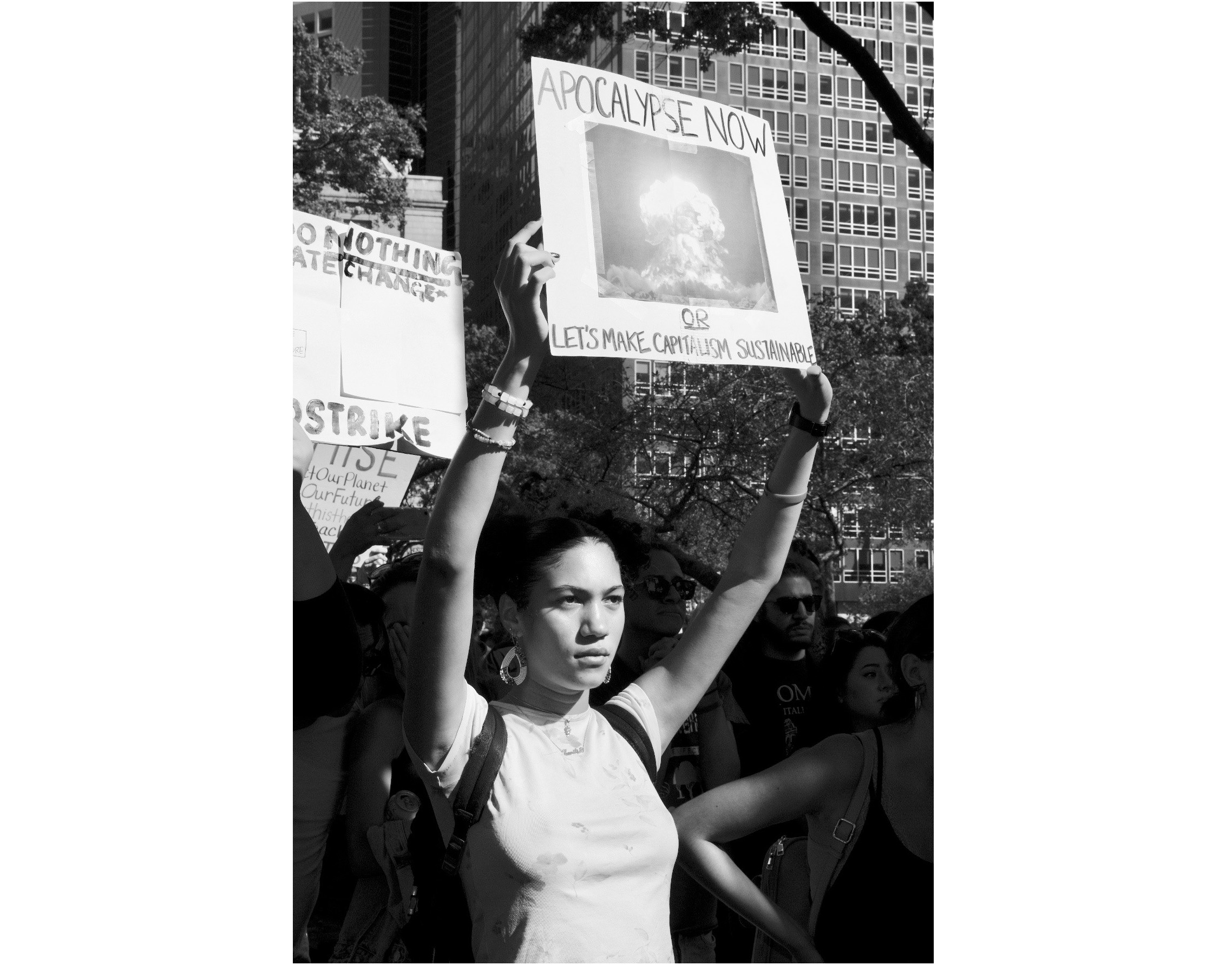Notes
Apartheid’s Legacy From Here: The Photo That Struck Me Most At Photoville

The sense of mission at Photoville this fall was inescapable. In project after project, the curation and storytelling felt especially pressing.
In some cases, that involved photographs by nationals, locals, or people from particular trades. Take Sara Bennett’s project, for example. A criminal defense lawyer, she presented Looking Inside: Portraits of Women Serving Life Sentences. She has been photographing women serving lengthy prison sentences in New York State. Although seemingly rehabilitated, they are never granted parole. Or, there was Forced from Home, a project in which four Bedouin women documented the last days of their Negev village, Umm al-Hiran, before it was bulldozed by the Israelis.
The photo above was shot by the Dutch photographer, Ilvy Njiokiktjien. For ten years, she has been quietly documenting the “born frees,” the first generation of children born in South Africa after the abolishment of apartheid.
The documentary project provides a fascinating insight into South Africa’s racial evolution. But presented in Brooklyn Bridge Park, it offered an extra dimension. Beyond the unique picture of post-apartheid South Africa, it offered a mirror on the visual and media representation of race in America.
To see Njiokiktjien’s project, you can look at her page at the VII agency, this article at Photographic Museum of Humanity, or the post at NatGeo. At Photoville, Njiokiktjien provided copies of each image for people to take away. The photo above was one of the most popular.
The brief caption tells us that the scene is from a school in Bela-Bela. And although it’s not the same boy in the photograph, the story that aligns with the photo is about another white youth from the same school who had been sent to a Kommandokorps camp. These are camps for youth, ages 13 to 19, that teach teenagers self-defense and how to combat blacks as an invading force.
As an American media consumer, I’ve seen photos, mostly from protests, showing whites and blacks facing off. And I’ve seen photos where a group of blacks, or a single black person, is subject to the gaze of whites. But I rarely, if ever, see a more everyday scene where “the shoe is on the other foot.” You just don’t see photos where a group of black kids make the white kid the object of attention. Where the white person is the “other.”
The expressions in the photograph are certainly suggestive. The face, and the posture of the kid with his hand on his hips feels judge-y. As does the kid, second right. It’s easy to imagine him gazing at the white kid with a look of disgust. As for the girl, mid-center, with the big smile and her head rocked back, she might not even be looking at the white kid. But when you put it all together, it can also seem that way.
If that’s all in play, I’m not sure if looking down on anyone is cause for satisfaction. If anything, it brings up the adage that an eye for an eye makes the whole world blind. To the extent it contributes something to the discussion of race in America and its visual perception, though, I find the appropriation more than justified. That’s in an America where white nationalism has gone mainstream, and the topics of race and racism have become fundamentally blurred.
I’m sure this scene is a lot more nuanced in South Africa than it is here. Even setting aside any mocking or white paramilitary training, to see a photo in America of black kids eyeing a white kid is exceedingly rare. Seen through a domestic lens, what is striking about the image is the idea of black youth possessing that kind of authorization.
— Michael Shaw
(Photo: Ilvy Njiokiktjien/VII. Caption: Bela-Bela, South Africa – EC Streicher’s (16) school in Bela Bela, South Africa (he is not the boy pictured, the boy pictured in the image is just a student at the school).


Reactions
Comments Powered by Disqus